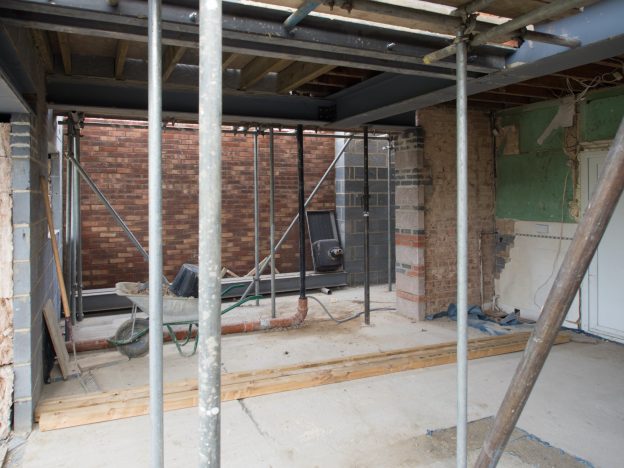Radon is present in every home, wherever state you are living right now. Since radon levels vary from house to house, it is crucial to test your home for radon. This is because it is the only way to find out whether your house has high radon levels or not. Besides, no matter what the result is, it is crucial to aim for a radon-resistant home because it is the only thing that guarantees low risks of lung cancer. Suppose you are considering doing a radon test; which area should you prioritize? If you don’t know the answer, we’re here to explain everything you need to know about radon and basements.
The Truth About Radon and Basements
Some homeowners overlook the basements when testing their homes for radon. Little do they know that these areas are prone to high radon levels. You might ask, “What causes high radon levels in the basements?” Know that radon comes from decaying Uranium, found in rock and soil beneath the foundation of your home. Since the basement is under your house, it is one of the main entry points of the cancer-causing gas. It is crucial to keep your basements radon-free because it might pose dangers to you and your family’s health.
Radon and basements are linked to each other because the gas enters via parts of the basement, especially when exposed to earth like sump wells and drains. Radon can also enter through the naturally porous concrete foundation of the basement. Not only that, but certain conditions inside your basement can contribute to the radon level. For instance, when the pressure inside your basement varies from the pressure outside, more air is drawn forcefully between the high and low-pressure areas. As such, more air from the rock and soil beneath your home create high radon levels.
How to Prevent Radon From Basements
There are several radon reduction techniques that you can do to lower radon levels in your basements, such as:
- Install, replace, or seal the sump well cover to reduce your radon levels. Doing so closes up an exposed area of the earth with direct access into your basement.
- If the weather is nice out, make sure to open your windows and doors to allow radon gas to dissipate with the fresh air.
- When extreme high and low temperatures are present, consider cooling or heating your house as little as possible. This way, you can reduce the pressure increase from the drastic indoor/outdoor temperature change.
Radon is a harmful gas, and the problem with it is you cannot see or even smell it. Besides, radon levels from one area to another, that’s why it is crucial to conduct radon testing, especially in your basement. Radon and basements are related because you can find this gas in the said area. Make sure to follow the tips above to make your basement and every area in your home radon-free.


